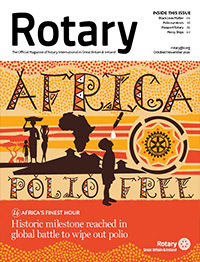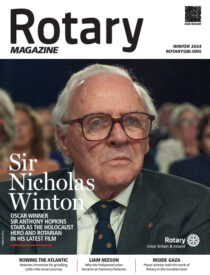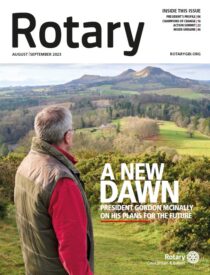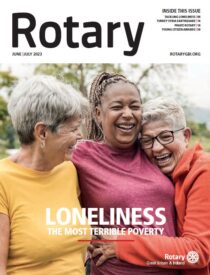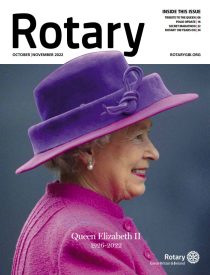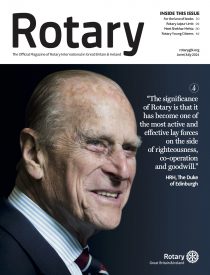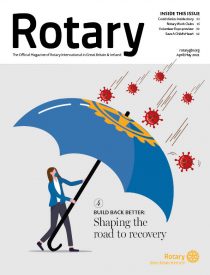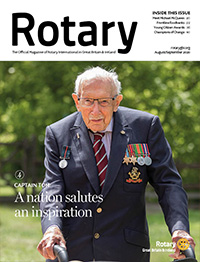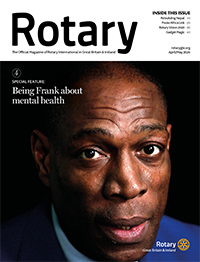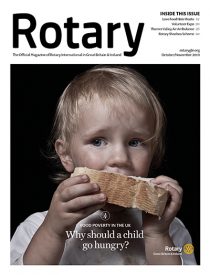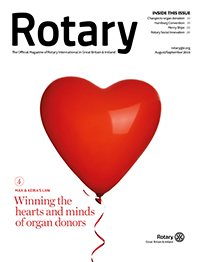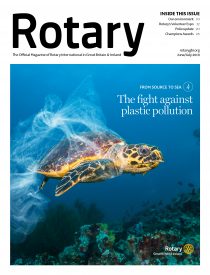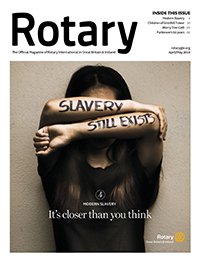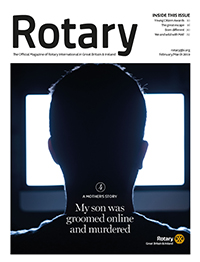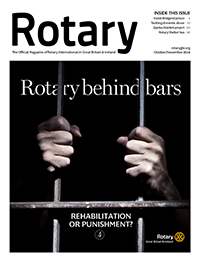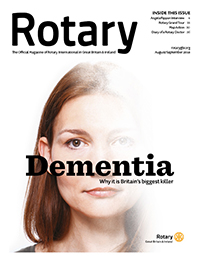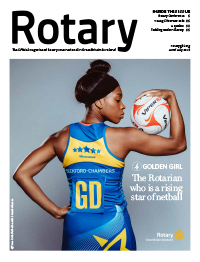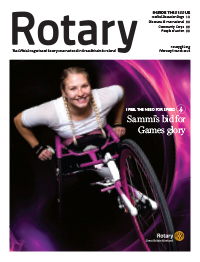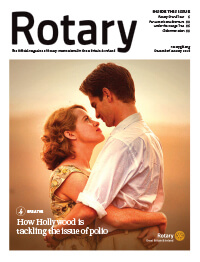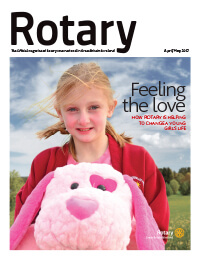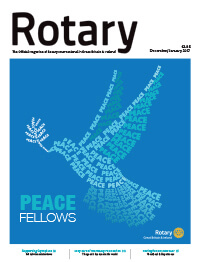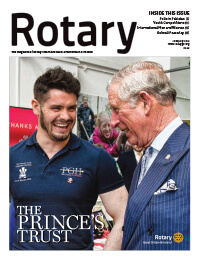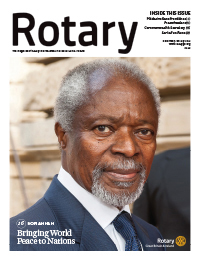The agonising death of George Floyd last May, at the knee of a Minneapolis police officer and which was shockingly captured on video, was a game-changer for the anti-racism movement.
With parallels to the ‘#MeToo’ women’s marches of 2017 and 2018, the protests against police brutality, and ultimately the growth of the global ‘Black Lives Matter’ campaign, became bigger, fiercer and even more sustained.
It was as if the conscience of the world had suddenly woken up.
Some have suggested that the timing of the incident, at the height of the COVID-19 pandemic, helped to heighten the protests’ momentum – more people at home, with more time to consume news.
The concept of ‘vicarious traumatisation’ – being traumatised by seeing images of real violence which didn’t happen to you personally – also had a part to play, say experts.
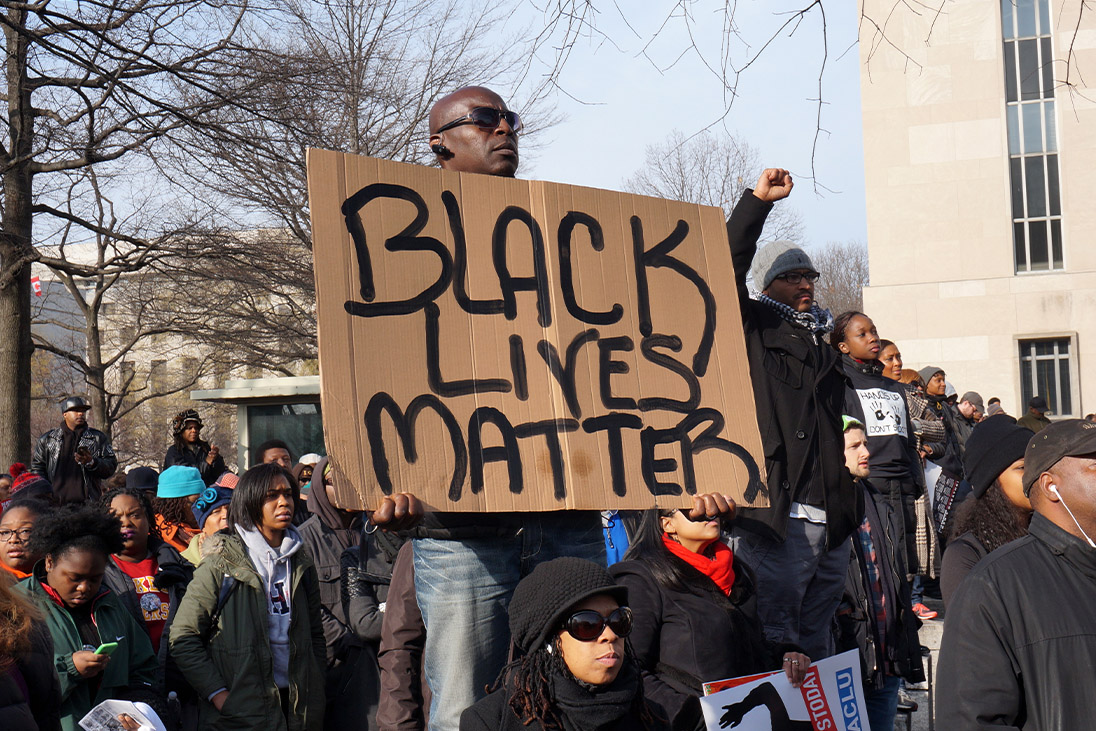

The agonising death of George Floyd last May, at the knee of a Minneapolis police officer and which was shockingly captured on video, was a game-changer for the anti-racism movement.
Suddenly, this was not merely a protest about police brutality and equal rights. Black Lives Matter has captured the moment to become the catalyst to re-evaluate a complete historical dialogue.
A statue of Sir Winston Churchill in Parliament Square, Westminster was defaced with the words ‘was a racist’. And a defaced statue of the slave trader, Edward Colston, was toppled during an anti-racism protest in Bristol, before being thrown into the harbour.
In Devon, opinion has been drawn about the reputations of two key figures from the county’s maritime history.
Sir John Hawkins, and his cousin Sir Francis Drake, were both involved in slave trading and privateering during the Elizabethan era in the 16th century.
This has sparked rival petitions by residents in Plymouth and Tavistock, one calling for the removal of both statues of Sir Francis Drake from public display, the other pressing for their preservation.
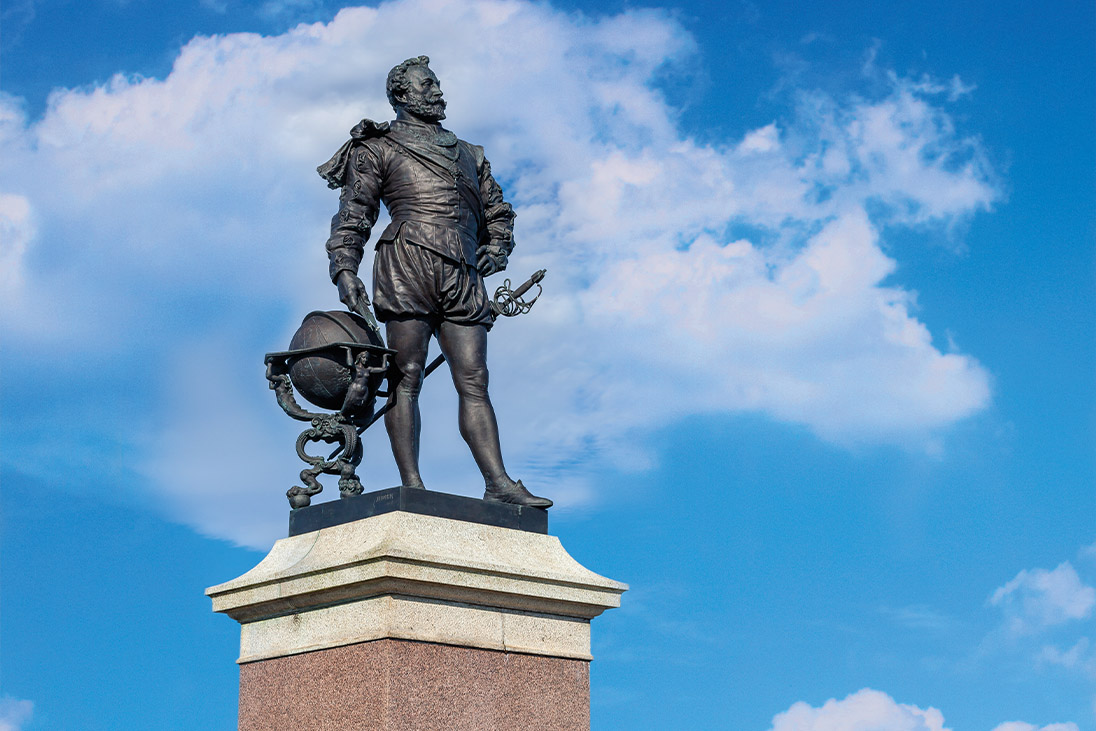

Sir John Hawkins, and his cousin Sir Francis Drake, were both involved in slave trading and privateering during the Elizabethan era in the 16th century.
Tavistock is an ancient stannary and market town in West Devon with a richly diverse history. Alongside its role as gateway to the Cornwall and West Devon Mining Landscape World Heritage Site, it is also the birthplace of Drake.
Acknowledging his role as a one of the town’s most famous sons, in 1883 the Austrian born sculptor, Sir Joseph Edgar Boehm, a member of the Royal Academy and sculptor to Queen Victoria, was commissioned to create a 10ft high bronze statue as a memorial to ‘the memory of its old citizen, patriot, warrior and navigator’.
Although commissioned by the people of Tavistock, the cost of the statue was borne by Hastings Russell, the 9th Duke of Bedford. A second statue cast from the same mould was erected on Plymouth Hoe.
According to Rotarian Geri Parlby, the Grade II listed statue, has formed a key part of the townscape of Tavistock for 135 years.
Reflecting on the Black Lives Matter protests, Geri, who is an art historian and chairman of the Tavistock Heritage Trust, said: “In many places, these global protests have led people to question the way in which statues tell the stories of, or celebrate the past, reigniting an ongoing debate as to how we should remember and memorialise historical figures, particularly those with ties to slavery.”
So with Tavistock split on the fate of its favourite son, the town council voted in June to keep the statue, but to create an interpretation panel to examine Drake’s involvement in the slave trade.
In many places, these global protests have led people to question the way in which statues tell the stories of, or celebrate the past, reigniting an ongoing debate as to how we should remember and memorialise historical figures, particularly those with ties to slavery.”
The council reached out to the Tavistock Heritage Trust to create the panel.
In turn, Geri contacted her Rotary club, as well as fellow Rotarian, historian and archaeologist Win Scutt from Plympton Rotary, to discuss how best to tackle such a delicate situation.
“We agreed to work together to initiate a discussion around the whole history of Drake, the story of Devon’s involvement in both the development of the slave trade and its ultimate abolition, the effects of racial discrimination and the reality of modern day slavery,” explained Geri.
“I must confess some Rotarians from other clubs felt the whole topic was too political for a non-political organisation to become involved with, but we felt the protests around the statues transcended politics. This was a situation desperately in need of peacebuilding and education, two of Rotary International’s key areas of focus”.
The group’s first move was to speak to the two schools in Tavistock; Tavistock College and Mount Kelly, a private independent boarding school which is also a corporate member of Tavistock Rotary.
This was a situation desperately in need of peacebuilding and education, two of Rotary International’s key areas of focus”.
Tavistock College had already received letters from former pupils asking for Drake’s name to be removed from one of the school’s houses.
“We collaborated with the college to set up a students’ questionnaire so we could discover their understanding of the issues surrounding not only the history of Sir Francis Drake, but also that of black history, racial discrimination and modern slavery,” said Geri.
“The results of the survey were fascinating and made us realise that young people wanted a far deeper understanding of history on their doorstep, even if it did expose a darker side to some of their traditional heroes’ lives.
“It also made us realise how important it was to spread a wider message about racial discrimination and slavery, both throughout history and in the 21st century.
“The horrifying truth is that slavery is still with us today. Sadly, we can’t change history, but we can do our best to ensure it isn’t constantly repeated.”
Creating a school-based educational programme, or designing and producing a full-scale interpretation panel is not something easily covered by Rotary funds, especially during the current climate of COVID-19.
Using her heritage background, Geri was able to put together a grant application to Historic England and secure £14,750 to get the project up and running.


Creating a school-based educational programme, or designing and producing a full-scale interpretation panel is not something easily covered by Rotary funds, especially during the current climate of COVID-19.
The project also involved collaboration with Historic England, the National Trust at Buckland Abbey (a former home of Drake), Plymouth City Council and its new museum and heritage centre The Box, Anti-Slavery International, plus the Rotary Action Group Against Slavery and the Rotarian Action Group for Peace.
The schools’ programme is being developed by a team of Rotarian teachers and historians working with One Bristol Curriculum, dedicated to incorporating a wider understanding of black history into the school curriculum.
This will also incorporate a separate educational pack on peacebuilding which is being created by Cardiff-based Alison Sutherland, District Governor for Southern Wales, and who is chair of the Rotarian Action Group for Peace.
The plan is to trial the schools’ programme at Tavistock College and Mount Kelly during October, which is Black History Month, and which ties in with Anti-Slavery Day on October 18th.
The horrifying truth is that slavery is still with us today. Sadly, we can’t change history, but we can do our best to ensure it isn’t constantly repeated.”
Plympton Rotary is planning to offer the same education programme to the Plymouth schools. Once launched, it will then be made available free of charge for other Rotary clubs to distribute to their own local schools.
Working with Rotary International, the team will also reach out to schools in other countries who have been affected by the historical slave trade to create an ongoing dialogue between pupils.
And working with Rotary and groups involved in the prevention of modern slavery and peacebuilding, the project will also create a wider awareness of these issues.
“We have one section of Tavistock Rotary involved in the schools’ project and another section developing an awareness programme around modern slavery, working with Mark Little from Norwich St. Edmund Rotary, and also with Inspector Earl Napier for the Modern Slavery and Organised Immigration Crime Unit, which is based in Devon.”
The second part of the project is the creation of an interpretation panel for the Tavistock statue. This presented Rotary, the Heritage Trust and Tavistock Town Council with a rather different challenge.
The schools’ programme is being developed by a team of Rotarian teachers and historians working with One Bristol Curriculum, dedicated to incorporating a wider understanding of black history into the school curriculum.”
The story of Drake’s life needed to be presented in historical context, acknowledging the part he played in the slave trade and his role as a privateer, together with his undoubted maritime achievements.
“Tavistock is not a very ethnically diverse town, but there were still very strong emotions circulating around what the statue of Drake represented,” added Geri.
“In the same way the statue was originally commissioned by the people of Tavistock, we felt it was right to reach out to the people once again to gauge their thoughts.”
The Town Council organised a questionnaire so the community could present their views. Geri and council representatives met with members of the local Black Lives Matter movement.
Tavistock's Sir Francis Drake statue vandalised https://t.co/lmhLYJTION pic.twitter.com/QoeNzq7896
— BBC South West (@BBCSpotlight) June 10, 2020
As for Sir Francis Drake, the plan is to create an interpretation panel near the Tavistock statue, developed in collaboration with the local community which will present a fuller picture of the Devonian’s life, including his links to the slave trade.
It will tell the story behind the erection of the statue by the people of Tavistock in the late 19th century, how the statue is viewed today by the community, and the interpretation panel will include interactive elements linking to further learning about the history and legacy of slavery.
Alongside the schools’ programme, the information will also be disseminated to the public at the Tavistock Guildhall Heritage Centre with displays, lectures and adult learning courses delivered both online and face-to-face.
Plymouth City Council is taking a slightly different approach to its statue. It will be expanding some of the information on the existing information pillars around the city and include a more extensive story of the life of Drake to be told in its newly opened heritage centre, The Box.
Geri said: “This whole project is a collaboration between a variety of organisations from the cultural, public, private, civic, voluntary and heritage sectors, as well as two of the most active Rotary Action Groups.
“It demonstrates how unique quality heritage, via the story of Sir Francis Drake, can provide for public engagement initiatives.
“These initiatives address concerns raised in the wake of the Black Lives Matter movement about the celebratory nature of statues and the inherent conflict which arises in our historical landscape as a result of an historical figure’s involvement in the slave trade.
“It can also inspire international collaborations using heritage as the link via the network of Rotary International.”








